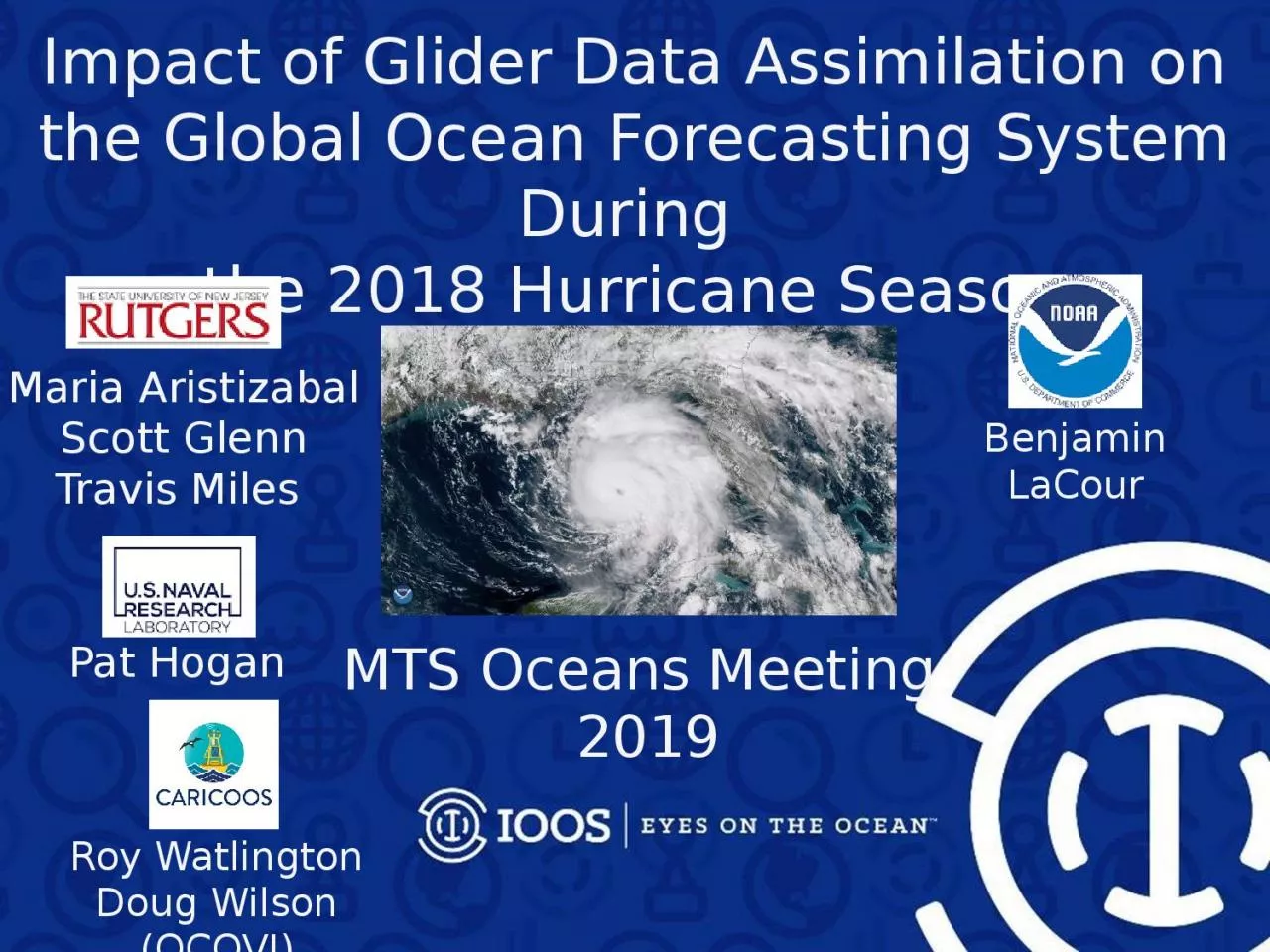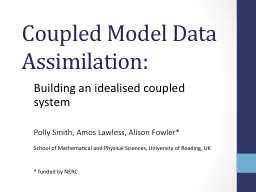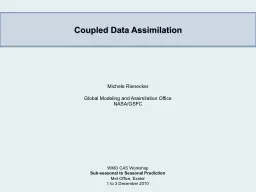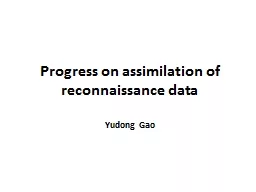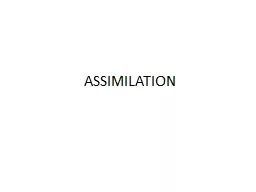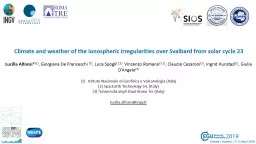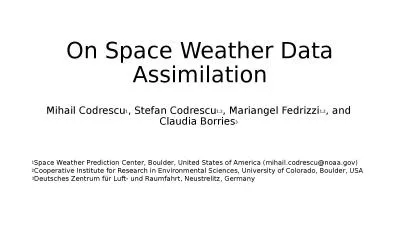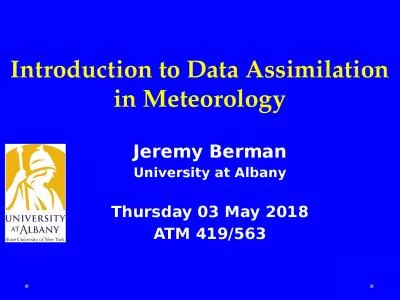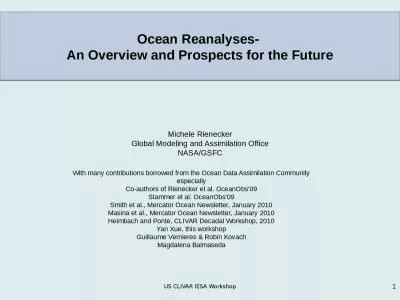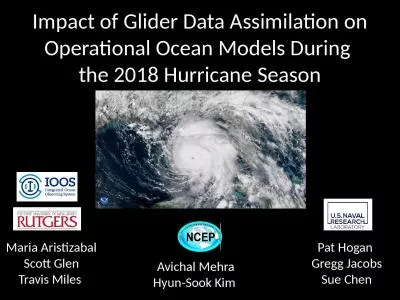PPT-Impact of Glider Data Assimilation on the Global Ocean Forecasting System During
Author : udeline | Published Date : 2024-01-29
the 2018 Hurricane Season Maria Aristizabal Scott Glenn Travis Miles Benjamin LaCour Pat Hogan MTS Oceans Meeting 2019 Roy Watlington Doug Wilson OCOVI Improve
Presentation Embed Code
Download Presentation
Download Presentation The PPT/PDF document "Impact of Glider Data Assimilation on th..." is the property of its rightful owner. Permission is granted to download and print the materials on this website for personal, non-commercial use only, and to display it on your personal computer provided you do not modify the materials and that you retain all copyright notices contained in the materials. By downloading content from our website, you accept the terms of this agreement.
Impact of Glider Data Assimilation on the Global Ocean Forecasting System During: Transcript
Download Rules Of Document
"Impact of Glider Data Assimilation on the Global Ocean Forecasting System During"The content belongs to its owner. You may download and print it for personal use, without modification, and keep all copyright notices. By downloading, you agree to these terms.
Related Documents

